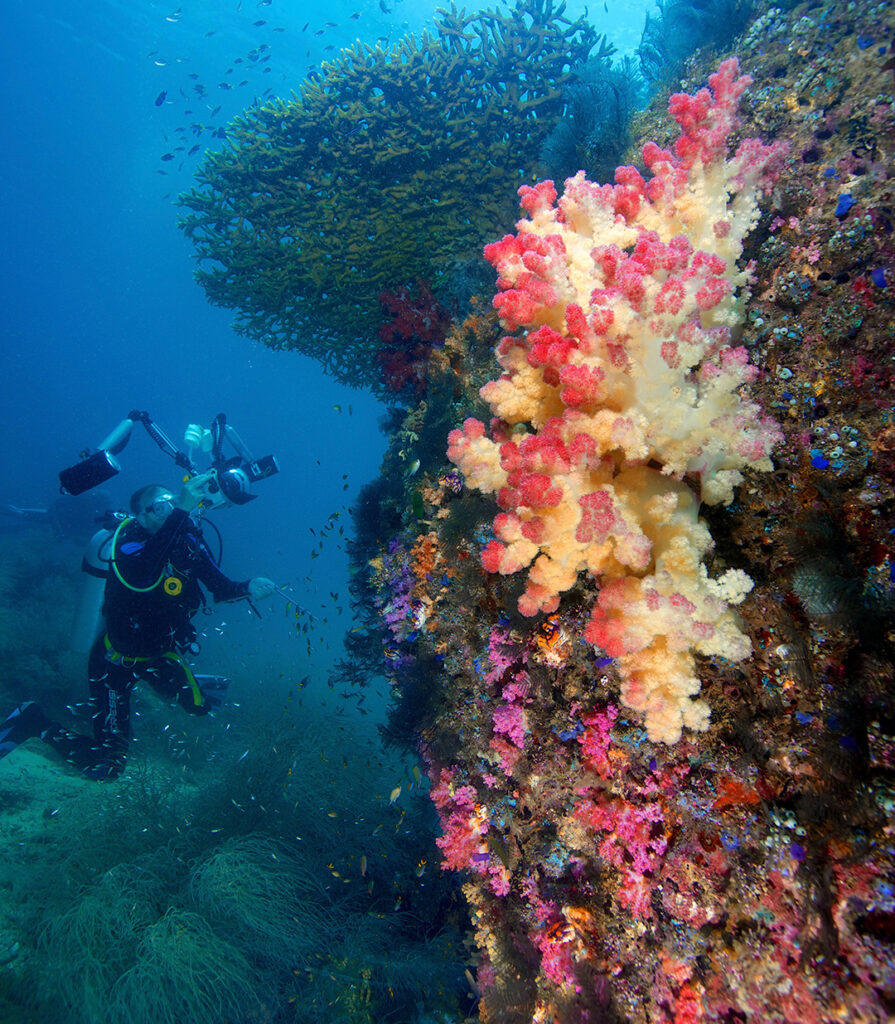Using Resilience Assessments to Inform Management
Managers around the world are conducting resilience assessments to identify reefs most likely to survive climate change and prioritize management actions to support resilience.
A study by McLeod et al. 2020 found that coral reef resilience assessments are most used to inform the following management actions:
- Marine Spatial Planning - Informing marine protected areas (MPAs), MPA networks, and locally managed marine areas (LMMAs); identifying priority sites for protection due to bleaching vulnerability or high resilience; informing seascape or marine spatial planning
- Fisheries Management - Outlawing and controlling harvesting; informing fisheries regulations; setting export quotas
- Local Threat Reduction - Reducing impacts from boat anchoring, tourism damage, invasive species, and nutrient and sediment pollution
- Monitoring and Evaluation - Informing future resilience and bleaching monitoring protocols
- Restoration - Prioritizing sites for coral reef restoration

A diverse reef slope in Raja Ampat, Indonesia. Photo © Gregory Piper/Ocean Image Bank
Case Study
View the presentation below to learn how coral reef managers in Hawaii used resilience assessments to inform local reef management.
